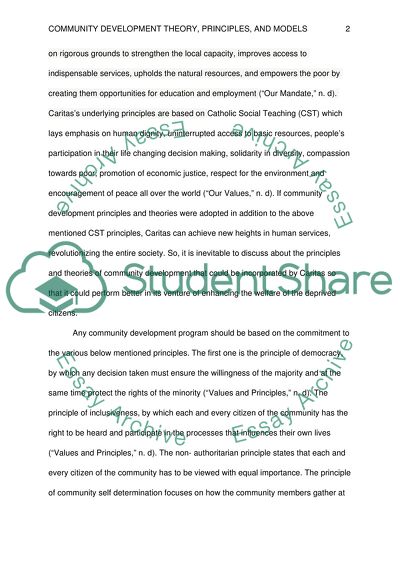Cite this document
(“Case Report Study Example | Topics and Well Written Essays - 1750 words”, n.d.)
Case Report Study Example | Topics and Well Written Essays - 1750 words. Retrieved from https://studentshare.org/human-resources/1666996-case-report
Case Report Study Example | Topics and Well Written Essays - 1750 words. Retrieved from https://studentshare.org/human-resources/1666996-case-report
(Case Report Study Example | Topics and Well Written Essays - 1750 Words)
Case Report Study Example | Topics and Well Written Essays - 1750 Words. https://studentshare.org/human-resources/1666996-case-report.
Case Report Study Example | Topics and Well Written Essays - 1750 Words. https://studentshare.org/human-resources/1666996-case-report.
“Case Report Study Example | Topics and Well Written Essays - 1750 Words”, n.d. https://studentshare.org/human-resources/1666996-case-report.


